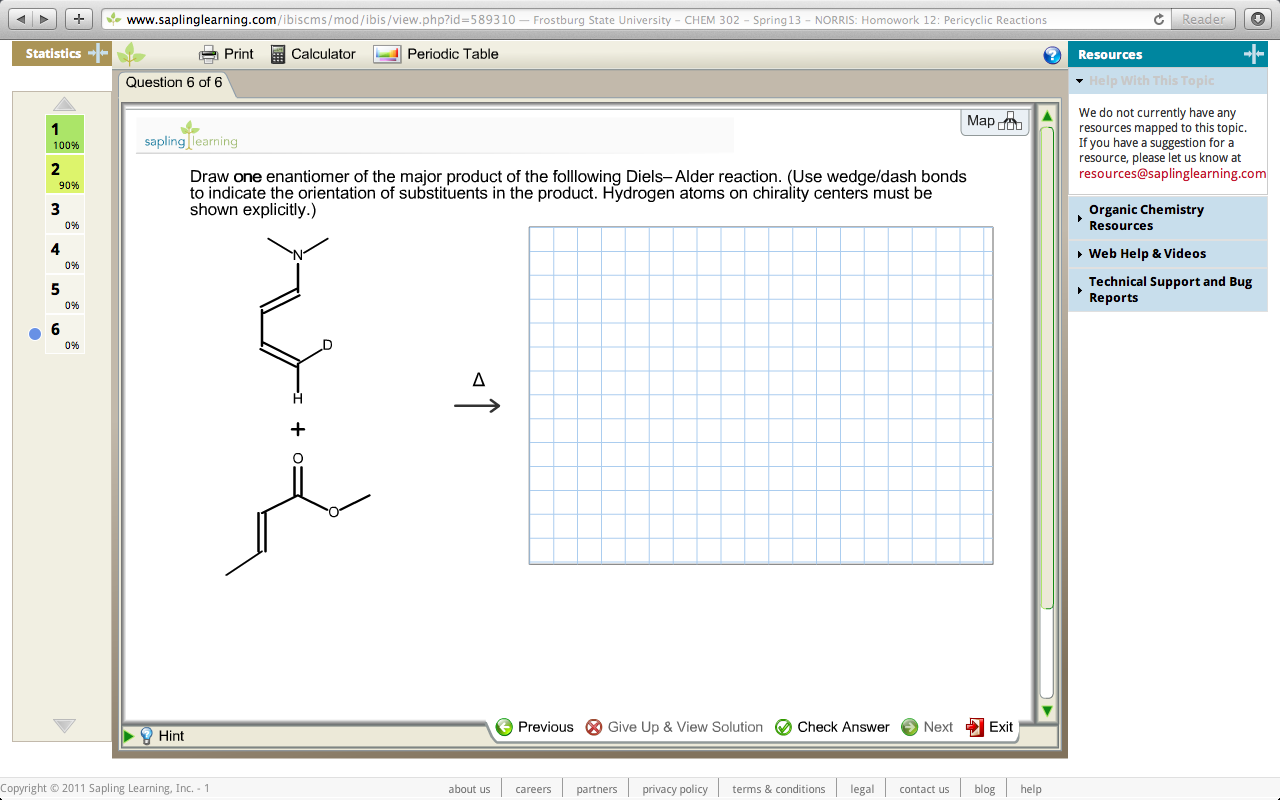

In 1957, Ronald Gillespie and Ronald Sydney Nyholm of University College London refined this concept into a more detailed theory, capable of choosing between various alternative geometries. The idea of a correlation between molecular geometry and number of valence electron pairs (both shared and unshared pairs) was originally proposed in 1939 by Ryutaro Tsuchida in Japan, and was independently presented in a Bakerian Lecture in 1940 by Nevil Sidgwick and Herbert Powell of the University of Oxford. 5.5 Complexes with strong d-contribution.Hence, VSEPR is unrelated to wave function-based methods such as orbital hybridisation in valence bond theory. Such quantum chemical topology (QCT) methods include the electron localization function (ELF) and the quantum theory of atoms in molecules (AIM or QTAIM). The insights of VSEPR theory are derived from topological analysis of the electron density of molecules. Gillespie has emphasized that the electron-electron repulsion due to the Pauli exclusion principle is more important in determining molecular geometry than the electrostatic repulsion. This in turn decreases the molecule's energy and increases its stability, which determines the molecular geometry. The premise of VSEPR is that the valence electron pairs surrounding an atom tend to repel each other and will, therefore, adopt an arrangement that minimizes this repulsion. It is also named the Gillespie-Nyholm theory after its two main developers, Ronald Gillespie and Ronald Nyholm. Valence shell electron pair repulsion ( VSEPR) theory ( / ˈ v ɛ s p ər, v ə ˈ s ɛ p ər/ VESP-ər, : 410 və- SEP-ər ), is a model used in chemistry to predict the geometry of individual molecules from the number of electron pairs surrounding their central atoms. (Water molecule) The bond angle for water is 104.5°. Shows location of unpaired electrons, bonded atoms, and bond angles. Since we know that the steric number of ClO 3 – is 4 (1 lone pair and three bonded pairs), we can determine that the Molecular geometry of ClO 3 – is Trigonal Pyramidal.įrom the Lewis structure above, we know that its electronic shape is tetrahedral.Example of bent electron arrangement. According to the VSEPR theory (Valence Shell Electron Pair Repulsion), the lone pair on Chlorine and the electron clouds on the surrounding oxygen atoms repel each other. ClO 3 – Molecular Geometry and ShapeĬhlorine forms the central atom in the ClO 3 – ion with oxygen atoms surrounding it. ClO 3 – Bond Anglesĭue to the repulsion of electrons on the surrounding oxygen atoms and the lone pair on Chlorine, the atoms get pushed apart and form bond angels of 109.5°. Therefore, the hybridization of ClO 3 – is sp 3. The rest of the electrons from the sigma bonds are filled into the 3p orbital. Now, we insert the two pi bonds into the first two 3d orbital spaces. Therefore, the two lone pairs fill in the 3s orbital and the three sigma bonds present fill-up the 3p orbital. Its electronic configuration is given by 3s 2 3p 5. Since Chlorine is in the third row in the periodic table, it is capable of expanding its orbitals in an excited state. To calculate ClO 3 – hybridization state, we need to determine the number of lone pairs and the number of sigma bonds present in the ion.


The central atom, Chlorine (Cl), forms covalent bonds of double and single nature with the surrounding atoms of Oxygen.
:max_bytes(150000):strip_icc()/CO2-Resonance-56a12a2b5f9b58b7d0bca8a3.png)
Therefore, it becomes a conductor for more electron bonds than Oxygen hence taking up the center stage as shown in the figure. The Chlorine atom takes up a central position in the structure due to its ability to share a higher number of electrons. The total number of electron pairs in a chlorate ion is given by: The Lewis dot structures of an element represent a schematic arrangement of its constituent molecules, atoms and their electron bonds. Therefore, the total valence electrons in the chlorate ion is 7 + 18 +1 = 26 Lewis Structure of ClO 3 – The anionic charge of -1 and contributes one valence electron. Therefore, given 3 oxygen atoms contribute 6 x 3 =18 electrons. Oxygen’s electronic configuration is 1s 22s 22p 4. Therefore, the single Chlorine atom contributes 7 x 1 = 7 electrons.īeing in group 6 of the periodic table, Oxygen has six valence electrons and has a valency of -2. The possibility of electrons in its d shell makes it hypervalent. Chlorine’s electronic configuration is given by 3s 23p 5. There also exists a negative ionic charge of -1 in the ion.īeing in group 7 of the periodic table, Chlorine has seven valence electrons with a valency of -1. A Chlorate ion consists of one chlorine atom and three oxygen atoms.


 0 kommentar(er)
0 kommentar(er)
